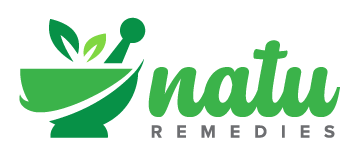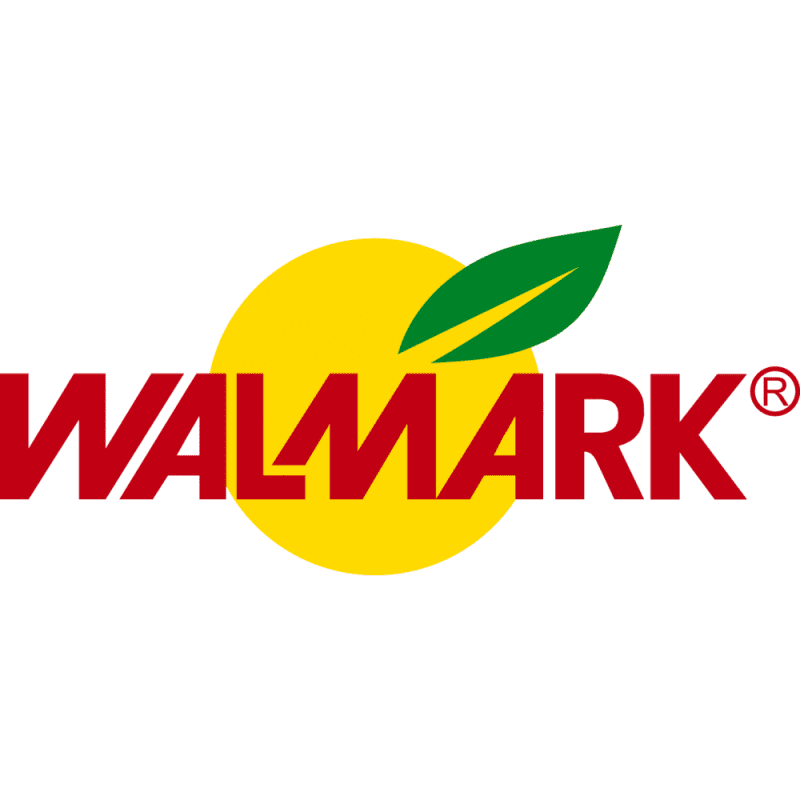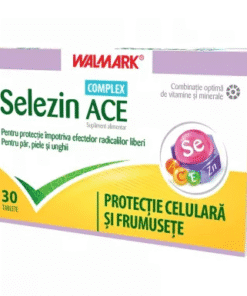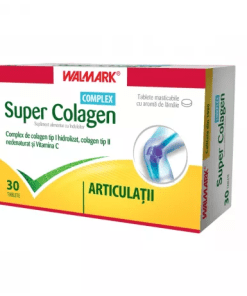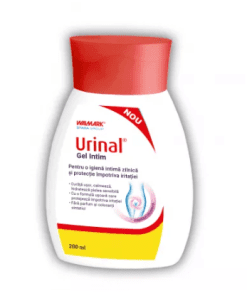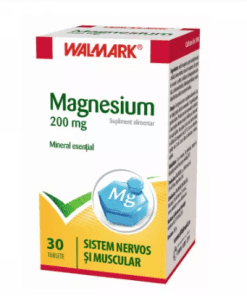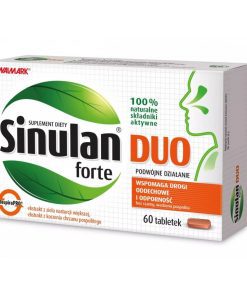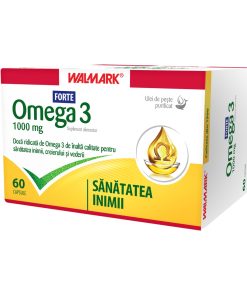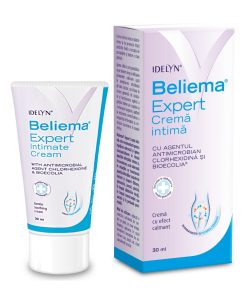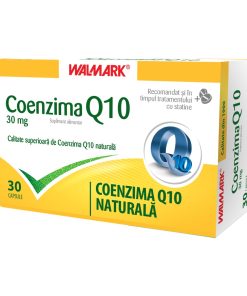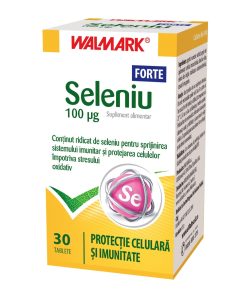Gout is a form of arthritis that is caused by a buildup of uric acid in the joints. This causes pain in the joints, and the condition can be either acute or chronic. Acute gout affects only one joint, while chronic gout is more widespread. A simple way to help with gout and its symptoms, is to use natural supplements. Some natural supplements that have been shown to be effective include bromelain, selenium and MSM.
Bromelain and Selenium for Gout
Bromelain is an enzyme that occurs naturally in pineapple. Bromelain is used to relieve inflammation that is associated with many medical condition, and is often used for pain relief as well. In recent years, bromelain has become a common suggestion for gout sufferers, and has been shown to be very effective in helping to improve this condition and its symptoms. Bromelain can be taken by eating pineapple or drinking pineapple juice, but works best when taken in higher dosages by taking bromelain supplements.
The powerful antioxidant known as selenium is often used in supplemental form to help with a large variety of medical conditions. Recently, selenium has been used to help patients that have been diagnosed with gout. Selenium works to relieve inflammation of the joints, and can also help to prevent attacks of gout.
MSM for Gout
MSM is a substance that is found naturally in green leafy vegetables, and is now available in supplements. MSM, which is short for methylsulfonylmethane, is often used to help relieve muscle pain, as well as inflammation. It has recently been shown very helpful for gout, and works well to help relieve pain that is associated with the condition. MSN is also available in lotions and creams which can be used to relieve pain by being massaged into the affected areas.
Although these natural supplements can be very beneficial for those with gout, they should never be used to replace anything that may have been prescribed by a doctor. They also should never be used to replace any diet or lifestyle changes that have been suggested by a medical professional.
